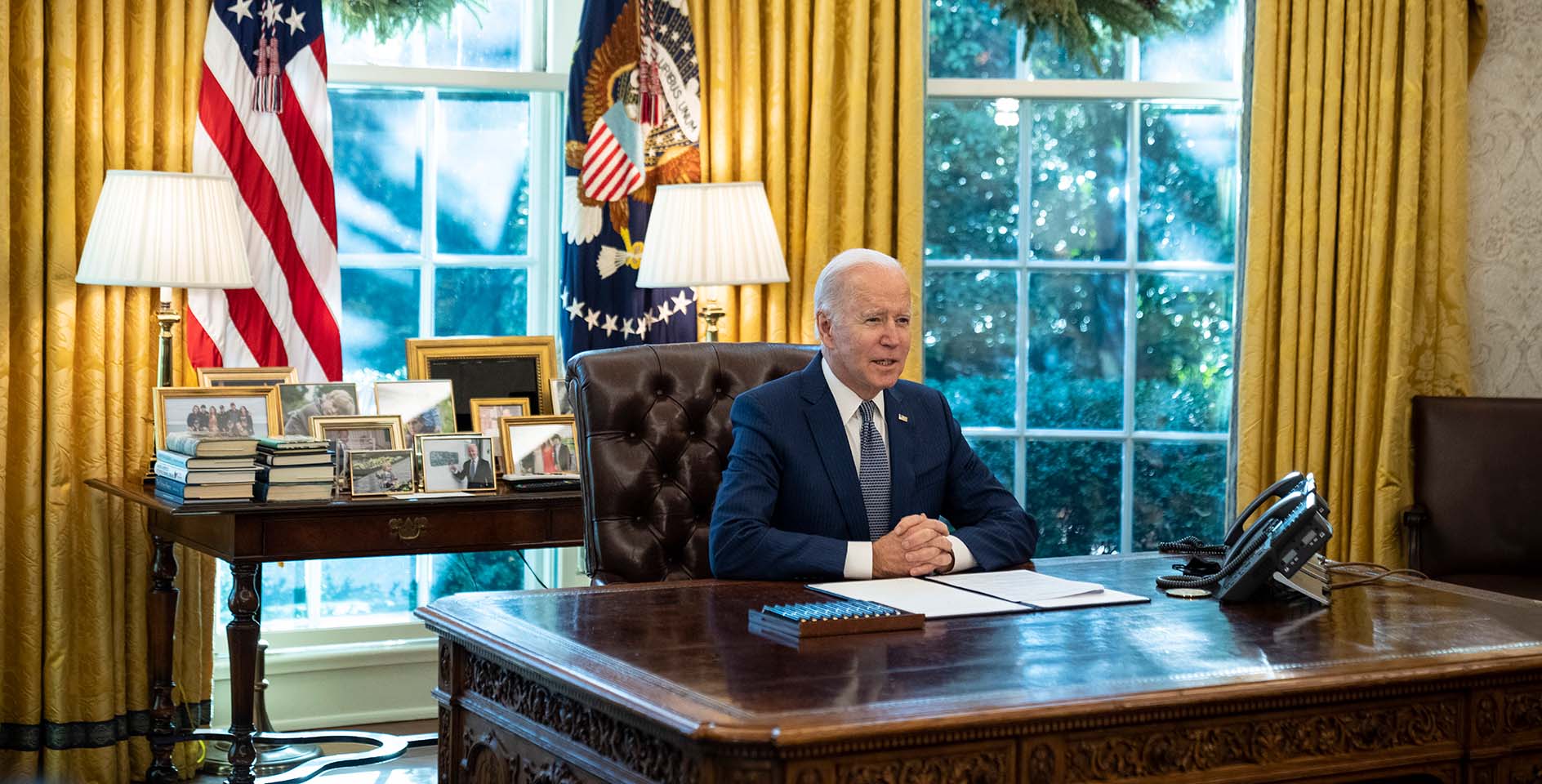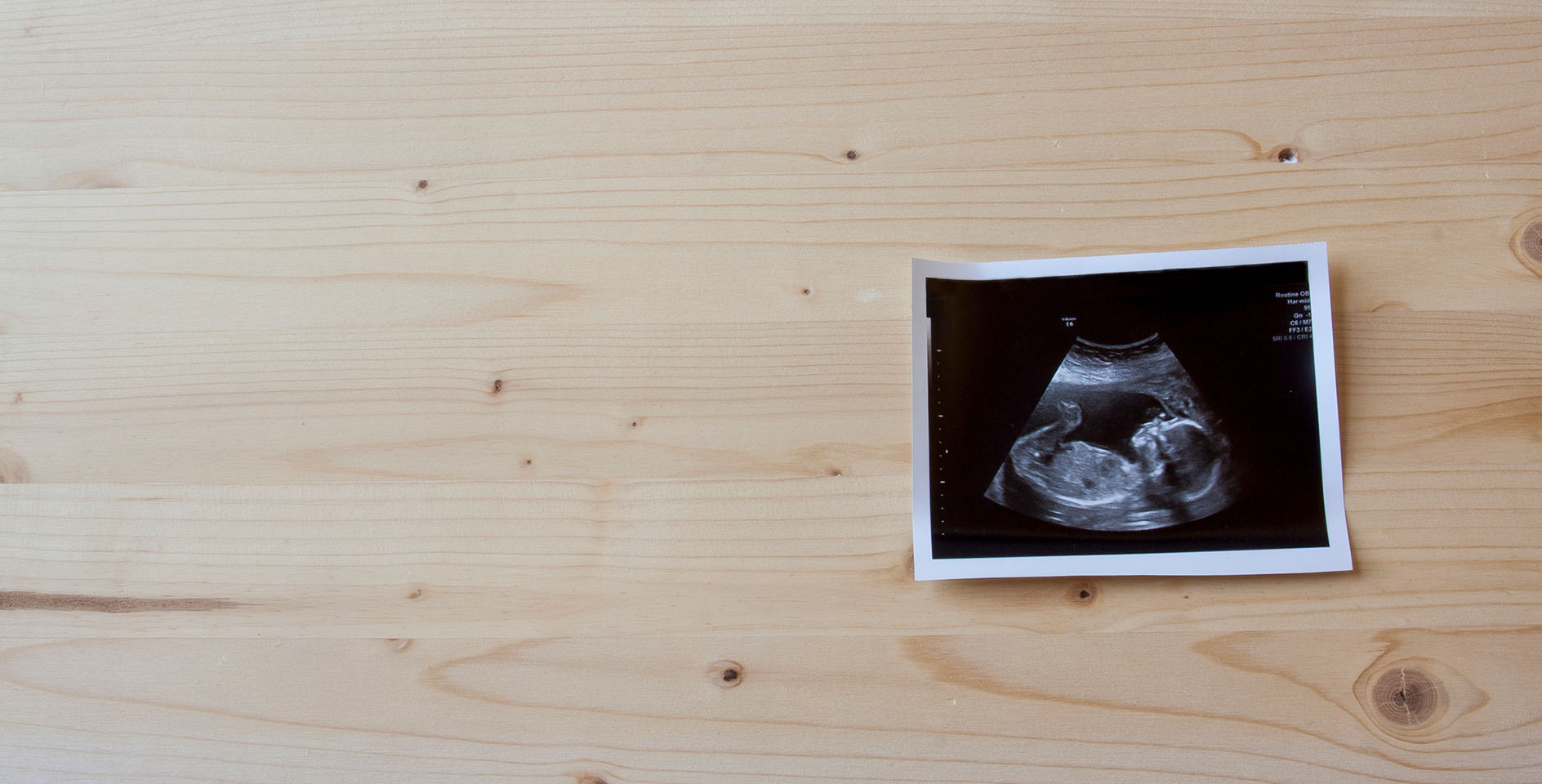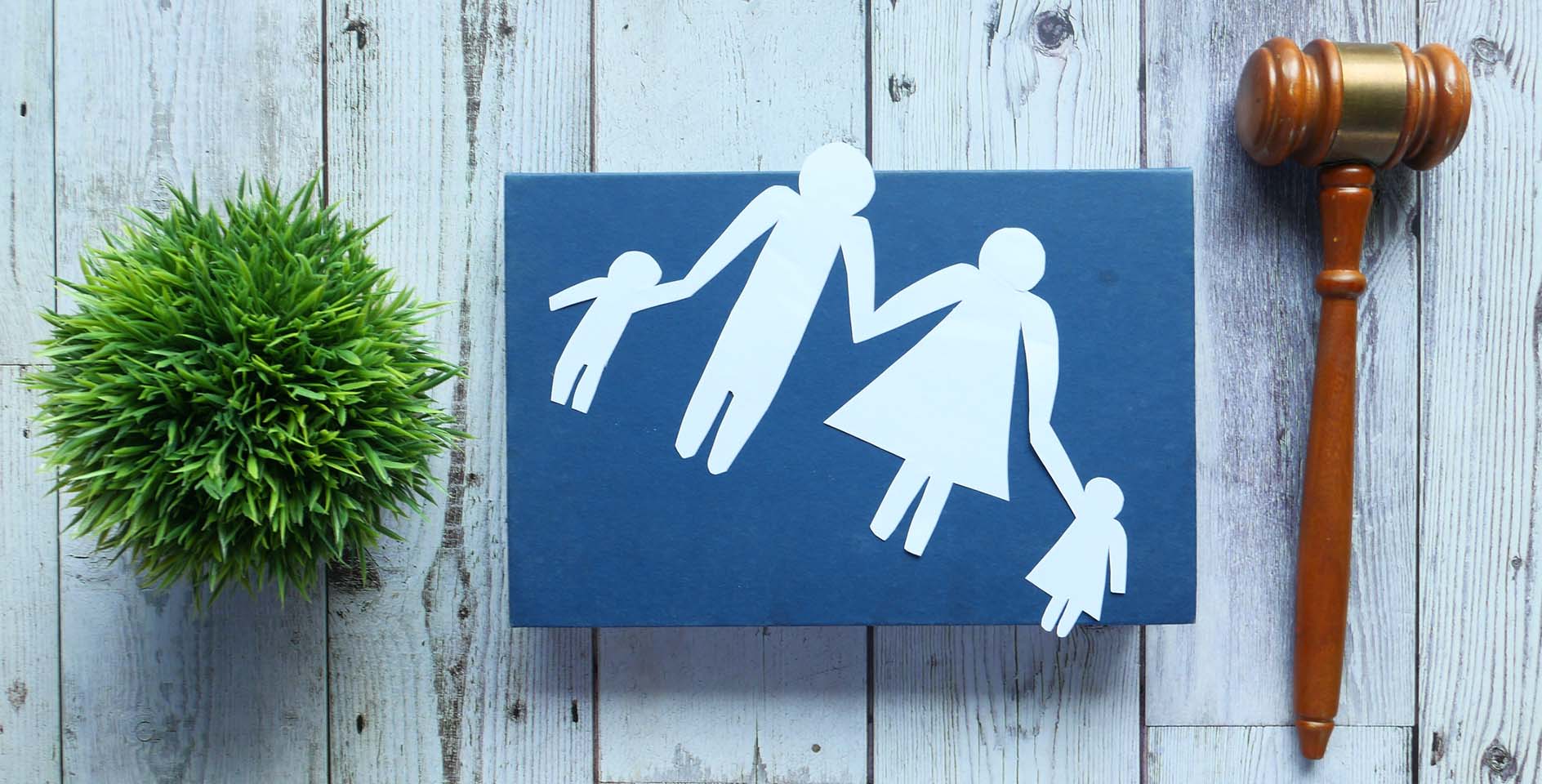At the very core of who we are exists a deep desire and fundamental need for connection, belonging, and security found only within relationships. This eternal truth can be traced back to the very beginning of time.
“Then God said, ‘Let us make man in our image, after our likeness.’ . . . So God created man in his own image, in the image of God he created him; male and female he created them” (Gen. 1:26-27).
God’s design for connection
The community between the Father, Son, and Spirit is imprinted on the human soul—we bear the imago Dei, “image of God.” As the creation narrative unfolds, God reflects on his creation of Adam, remarking, “It is not good that man should be alone” (Gen. 2:18). God’s response to Adam’s solitude is the creation of Eve, Adam’s partner. The height of joy and depth of trust experienced through loving relationships and secure attachment are fundamentally God’s idea and God’s design.
More than 2,000 years later, we take our place in history longing for connection—remembering this foundational truth and holding onto this eternal hope for ourselves, our neighbors, our communities, and perhaps most importantly for our children. Yes, God created us to be in relationship—at peace with him, with others, and in our hearts. And yet, with the fall of mankind into sin, we now experience the pain of broken relationships and the vulnerability of isolation. This is the painful reality for many of the children Show Hope seeks to serve—children who have been orphaned.
It is not uncommon for children who come home through adoption and foster care to have had exposure to adverse childhood experiences such as abuse, trauma, loss, and/or neglect. As these children enter our families and our stories intertwine with theirs, tensions may surface. We must ask ourselves, How do we effectively communicate the truth of the gospel—an invitation into a forever relationship with Christ—to our children who may carry attachment injuries and associate belonging and connection with fear?
As scientific research expounds, our understanding of the human brain is only beginning to grasp the fullness and complexities of God’s design. And as only God could design, the human brain is pliable and can be rewired. Developmental psychologist and advocate for children Dr. Karyn Purvis once said, “Our children were harmed in relationship, and they will experience healing through nurturing relationships.” When we step into the journey of caring for children who have been affected by early loss and trauma, an incredible invitation is extended. We have the opportunity to help rewrite the narrative—to help lead our children to places of emotional, physical, and neurological healing by being the hands and feet of Christ.
Furthermore, by choosing to love children from difficult beginnings, we are afforded a front-row seat as God’s miraculous work unfolds. Through the power of the Holy Spirit, the sacredness, beauty, and peace of imago Dei is reimagined and reaffirmed as our children become at home with our love.
Surely, no one person could do this work alone or without the encouragement and support of a wider community. This is why Show Hope’s Pre+Post Adoption Support exists. We understand—as many of you do—that the adoption journey doesn’t end the day a child is welcomed home. Because of the difficult beginnings many of our children have experienced, we must work diligently to help them reimagine home and experience belonging and connection.
Learn how to build trust and connection with vulnerable children
Families affected by adoption and/or foster care can benefit from Trust-Based Relational Intervention® (TBRI®) methods developed by Dr. Karyn Purvis and Dr. David Cross from the Karyn Purvis Institute of Child Development at TCU, which exists to bring attachment and connection in families. TBRI “is an attachment-based, trauma-informed intervention that is designed to meet the complex needs of vulnerable children.” At its core, TBRI works to promote trust and connection between caregivers and children by addressing physical and emotional needs while also disarming fear-based behavior.
And, so, while TBRI may be perceived as clinical in nature as it involves the complexities of science, at Show Hope, we believe that at its core, TBRI is an expression of the gospel of Jesus Christ. In Created to Connect: A Christian’s Guide to The Connected Child, Dr. Karyn Purvis, with Michael and Amy Monroe, wrote,
The longing of the human heart is to connect and belong. We long to connect with our Creator, in whose image we have been made, and by God’s grace such a connection is possible. As relational beings, we also have a deep need and desire to connect with those around us. One of the most important and meaningful human conditions is undoubtedly between a parent and child.
Build a community of support
Another practical step in serving and equipping families and caregivers is launching a support or small group for individuals and parents affected by adoption and/or foster care within your church or faith community. Perhaps you can begin meeting weekly or monthly in prayer, study, and conversation. A great resource to walk through is Created to Connect. This study guide sheds light and goes deeper into the biblical principles that serve as the foundation for the philosophy and interventions detailed in The Connected Child by Drs. Purvis and Cross.
As part of that support or small group, recruit volunteers who can be on-call to help meet the everyday needs of adoptive and/or foster care families. It can be as simple as setting up a meal train for heavy, busy seasons of life or offering childcare for parents to have a night out for reconnecting. The adoption and/or foster care journey is not meant to be traveled alone. As a local church or individuals, we have the opportunity to come alongside children and families in service and support.
Find hope for the journey
Show Hope’s new Hope for the Journey Conference will premiere on Friday, April 9, with a broadcast period through Mon., May 31. The conference includes training in TBRI, a new teaching component called The Gospel + TBRI, and Practical Perspectives videos featuring the voices of adult adoptees and foster youth alumni as well as adoptive and foster families. The conference targets parents and caregivers meeting the everyday needs of children impacted by adoption and/or foster care, and remains a resource for churches, agencies, and other organizations as they support and equip the families, caregivers, and the communities they serve. It can be a great opportunity to educate volunteers on the needs of children and families affected by adoption and/or foster care.
Will you join with us in showing up and showing hope?







